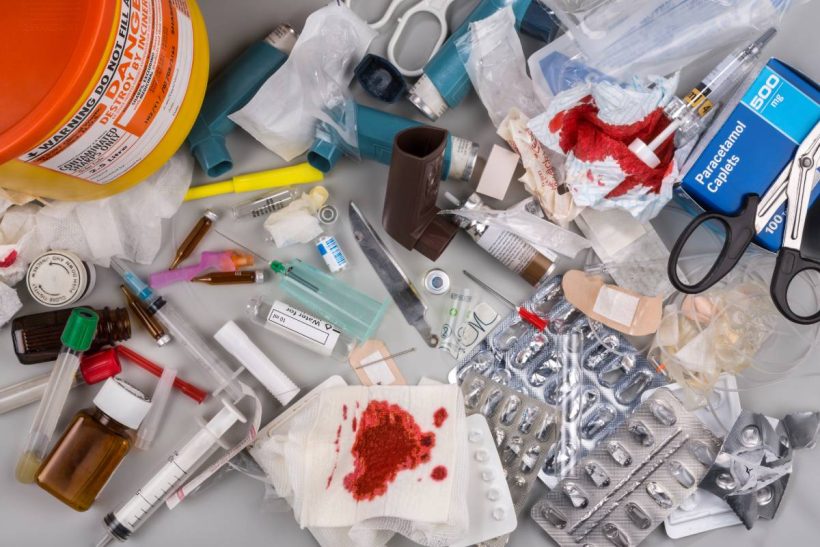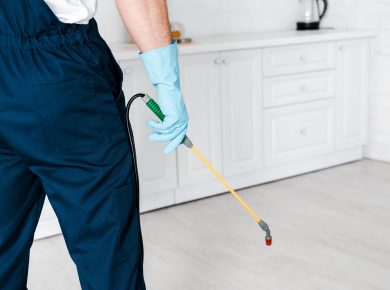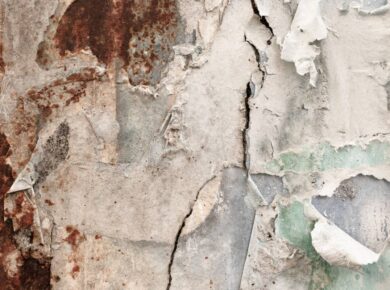In our daily routines, the act of throwing away items often feels routine and uncomplicated. However, when it comes to waste disposal, not everything can be treated equally. Certain items, if discarded improperly, can pose serious risks to the environment and human health.
In this guide, we delve into the nuances of responsible waste disposal, focusing on three key categories: electronic waste (e-waste), household chemicals, and medications. Understanding how to handle these items appropriately is not only crucial for safeguarding our surroundings but also for contributing to a sustainable and healthier future.
Let’s explore the best practices for disposing of these hazardous items in Australia.
What is not safe to throw out in the trash?
In our daily lives, tossing items into the trash can seem like second nature. However, it’s crucial to be aware that not everything belongs in the trash. Some items can pose risks to the environment, human health, or both.
Let’s take a closer look at what should not be thrown out in the trash and how to dispose of these items safely.
1. Electronic Waste (e-waste): Electronic devices, such as old computers, smartphones, circuit breakers, and batteries, contain hazardous materials like lead, mercury, and cadmium. These substances can leach into the soil and water, causing environmental harm. Instead of tossing e-waste in the trash, many communities have designated drop-off points or recycling programs where you can safely dispose of these items.
2. Household Chemicals: Common household chemicals like paint, cleaning solvents, and pesticides should not be casually discarded. These substances can contaminate soil and water supplies, posing a risk to both the environment and human health. Local waste management facilities or special collection events often provide a safe way to dispose of household chemicals. Check with your local authorities for guidance on proper disposal methods.
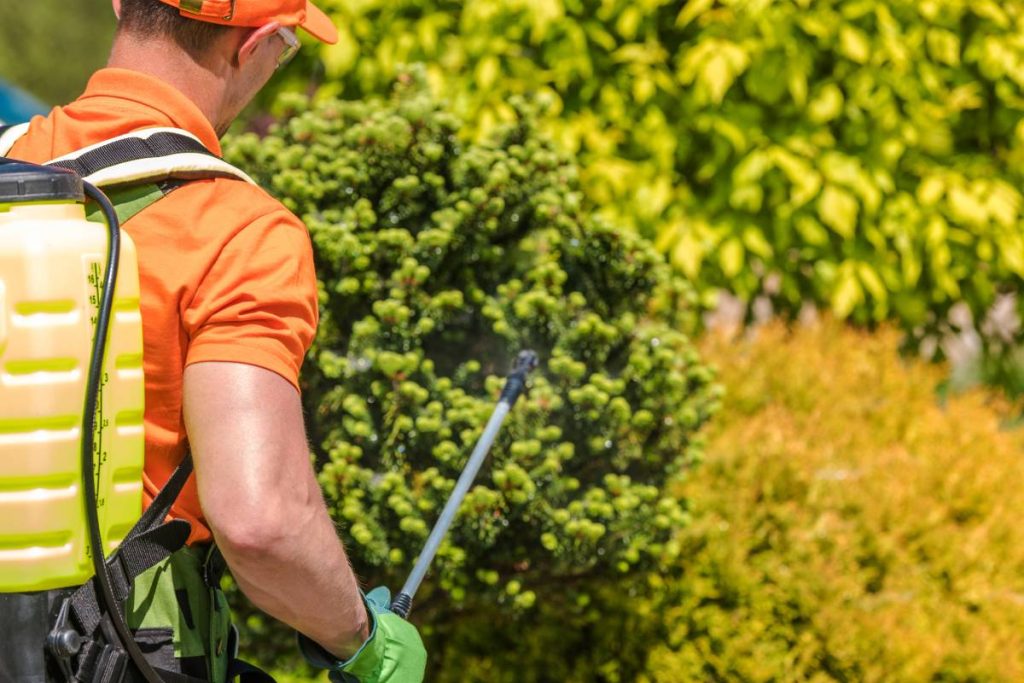
3. Medications: Flushing medications down the toilet or throwing them in the trash can lead to water contamination and potential harm to wildlife. Many pharmacies and health facilities have take-back programs for unused or expired medications. If no such program is available, mix the medications with undesirable substances like coffee grounds or kitty litter before sealing them in a plastic bag and placing them in the trash.
4. Light Bulbs: Different types of light bulbs contain various materials that can be harmful to the environment. Incandescent bulbs can generally be disposed of in the regular trash, but compact fluorescent bulbs and other energy-efficient options often contain mercury and should be recycled. Many hardware stores and recycling centres accept used light bulbs for proper disposal.
5. Appliances and Large Items: Old appliances, furniture, and other large items may contain components that can be harmful if not disposed of properly. Many municipalities offer bulk waste collection services or have designated drop-off locations for large items. Additionally, consider donating or selling usable items to reduce waste.
6. Needles and Sharps: Medical sharps, such as needles and syringes, should never be thrown into regular trash bins. Special containers designed for sharps disposal are available and can often be returned to pharmacies, hospitals, or community collection programs.
7. Tires: Tires are not suitable for regular landfill disposal due to their non-biodegradable nature. Many tire retailers offer recycling services, and some communities have specific collection events for tire disposal.
How to dispose of hazardous items in Australia?
Disposing of hazardous items in Australia requires adherence to specific guidelines to ensure the safety of the environment and the community. Here’s a general overview of how to dispose of various hazardous items in Australia:
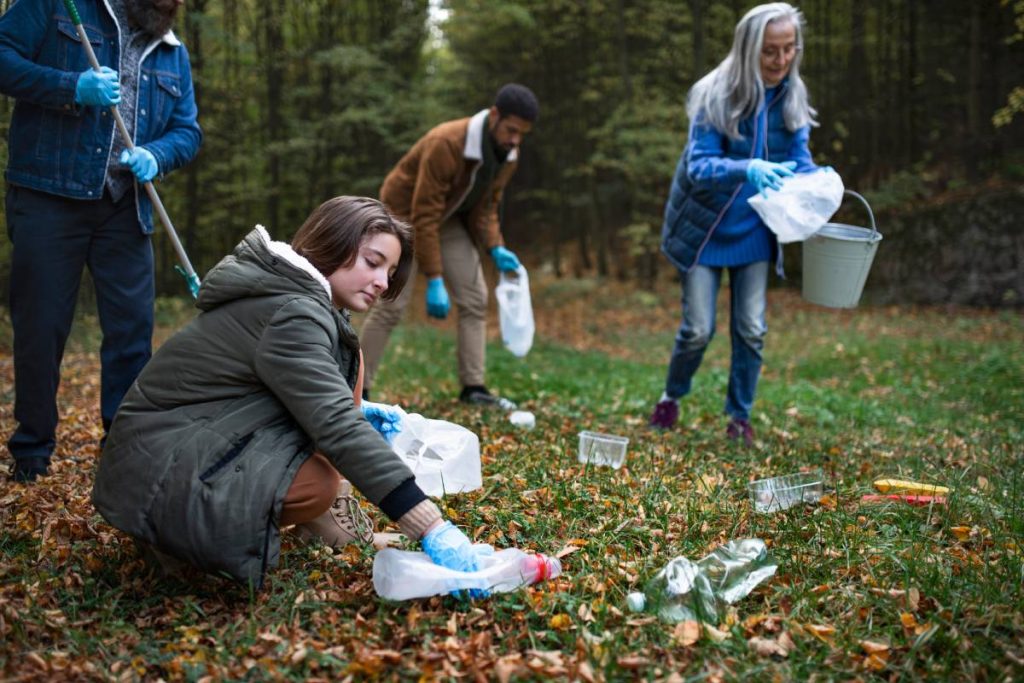
- Household Chemicals:
- Collection Programs: Many local councils organize regular collection events for household hazardous waste, including chemicals. Check with your local council or visit their website to find information on scheduled collection days.
- Chemical CleanOut Events: The New South Wales (NSW) government, for example, conducts Chemical CleanOut events where residents can drop off household chemicals for safe disposal. Similar programs may exist in other states.
- Medications:
- Pharmacy Take-Back Programs: Most pharmacies in Australia participate in the Return Unwanted Medicines (RUM) project, allowing residents to return unused or expired medications for safe disposal. Check with your local pharmacy for details.
- Community Collection Programs: Some communities host special collection programs for medications. Look for announcements or contact local health departments for information on medication disposal events.
- Electronic Waste (e-waste):
- E-waste Recycling Centers: Many local councils and private organizations operate e-waste recycling centres where you can drop off old electronic devices, batteries, and other e-waste items. These centres ensure proper recycling and disposal of hazardous components.
- Retailer Take-Back Programs: Some electronic retailers offer take-back programs for old electronic devices. Check with the retailer from whom you purchased the item for information on their e-waste disposal options.
- Paint:
- Paintback Program: Paintback is an industry-led program for the collection and disposal of architectural and decorative paint. Many paint retailers are registered with Paintback, allowing you to return unused paint for proper disposal. Visit the Paintback website for more information.
- Needles and Sharps:
- Community Sharps Bins: Local councils and health departments often provide community sharps bins in public spaces. These are specifically designed for the safe disposal of medical sharps.
- Pharmacy Collection: Some pharmacies offer sharps disposal services. Inquire with your local pharmacy about their policies for collecting and disposing of medical sharps.
- Chemical Drums and Containers:
- ChemClear Program: ChemClear is a national program for the collection and disposal of unwanted agricultural and veterinary chemicals. Register with ChemClear to participate in scheduled collection events.
Always check with your local council or relevant authorities for specific disposal guidelines in your area, as practices may vary between states and territories in Australia. Staying informed and following proper disposal procedures is crucial for the protection of the environment and the community’s well-being.
How Australian authority dispose of hazardous waste?
The disposal of hazardous waste in Australia is regulated by various federal, state, and local authorities to ensure environmental protection and public safety. The procedures and regulations may vary across different states and territories, but there are overarching guidelines and programs implemented at the national level.
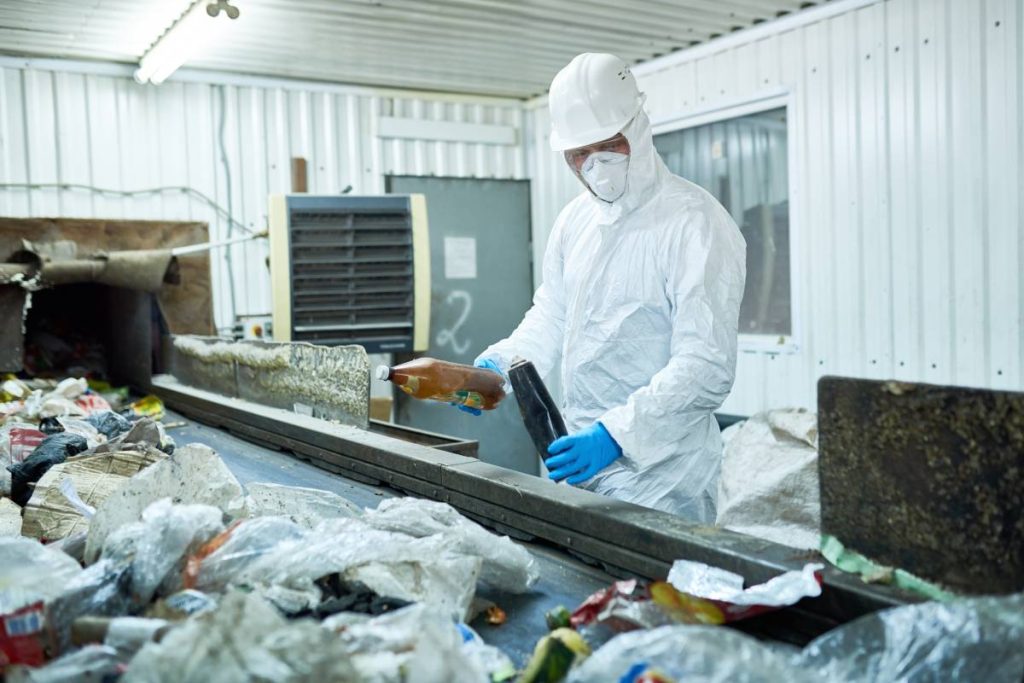
Here’s an overview of how Australian authorities manage the disposal of hazardous waste:
- National Environment Protection (Movement of Hazardous Waste) Measure (NEPM):
- The NEPM is a national framework that sets out the principles for the movement of hazardous waste between states and territories. It provides a standardized approach to the classification, packaging, labelling, and transportation of hazardous waste.
- Environmental Protection and Biodiversity Conservation Act 1999 (EPBC Act):
- The EPBC Act is a federal law that addresses the management of hazardous waste in relation to environmental protection. It establishes a framework for assessing and managing the environmental impact of activities, including the disposal of hazardous waste.
- State and Territory Environmental Protection Agencies:
- Each state and territory in Australia has its own environmental protection agency responsible for implementing and enforcing environmental regulations, including those related to hazardous waste.
- These agencies set guidelines and standards for the management, transportation, and disposal of hazardous waste within their jurisdictions.
- Waste Classifications:
- Hazardous waste in Australia is categorized based on its characteristics and potential harm to human health and the environment. This classification helps determine the appropriate disposal methods.
- Different states may use various classification systems, and waste generators must comply with the specific regulations in their respective regions.
- Licensed Treatment and Disposal Facilities:
- Licensed facilities are authorized by environmental protection agencies to treat and dispose of hazardous waste. These facilities must adhere to strict standards to minimize the environmental impact of the waste they handle.
- The licensing process involves rigorous assessments to ensure that facilities have the necessary infrastructure and operational procedures to manage hazardous waste safely.
- Waste Tracking Systems:
- Authorities often implement waste tracking systems to monitor the movement of hazardous waste from its generation to final disposal. This ensures transparency and accountability in the waste management process.
- Community Education and Awareness:
- Environmental agencies conduct outreach and educational programs to raise awareness among businesses, industries, and the public about the proper handling and disposal of hazardous waste.
- Information is provided to help waste generators understand their responsibilities and comply with relevant regulations.
- Emergency Response Planning:
- Authorities develop emergency response plans to address incidents involving hazardous waste spills or accidents during transportation. These plans outline procedures for containment, cleanup, and notification of relevant authorities.
Businesses, industries, and individuals need to be familiar with the specific regulations in their region and work in collaboration with environmental protection agencies to ensure the safe and compliant disposal of hazardous waste. Regular updates and communication from relevant authorities help maintain a robust waste management system across the country.
Final thought
So, to sum it up: when it comes to throwing things away, we need to be a bit picky. We’ve looked at three important things – old gadgets (like phones and batteries), cleaning stuff (like paint and pesticides), and leftover medicines. Turns out, these things can be kind of tricky to get rid of safely.
But don’t worry! There are cool programs and places in Australia that help us do it the right way. By following the rules, using special collection spots, and just being aware, we can all be part of keeping our homes clean and safe. Let’s keep doing our bit for a happy, healthy Australia!
